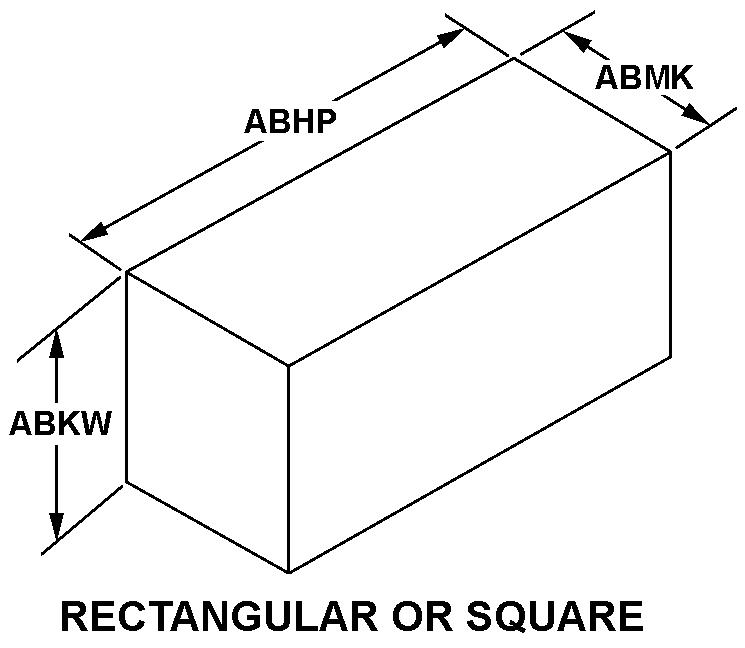6625013799099
Price Quote Get an up to date pricing and availability quote for this product. Order online or over the phone.
Quality Commitment
Serving our customers with quality and safety first.
- AS9120 Certified
- Audited supply chain
- ITAR Registered
- DDTC Registered
- HAZMAT Certified
- Customer service objectives
- Every product 100% inspected

6625-01-379-9099 Specification Set by the OEM (see RNCC code 3)
19.250in. ⁓19-1/4"
6.400in.
14.250in.
+5.0/+55.0
0.003in. total excursion
20.0
+10.0/+40.0 deg celsius
rectangular or square
4600.0 meters
encased
top of cabinet/counter
solid state
0.01 kilohertz operating channel and 250000.00 kilohertz operating channel
1 cathode ray tube
48.0 2nd voltage and 63.0 2nd voltage
90.0 1st voltage and 127.0 1st voltage
single
synthesized waveshapes are sine, square, triangle, ramp, pulse, arbitrary, & dc; operating modes: continuous, triggered, gated, burst waveform advance, & autostep; programmable interface GPIB--IEEE-488.2-1987 compatible; CURRENT-5 amps; power DISSIPATION-300 watts; recommended adjustment INTERVAL--1000 hours or 6 months, whichever occurs first; original name was "generator, arbitrary"
Cross Reference Parts Part numbers that meet the specification outlined on this page and set by the OEM
Identification Item Identification Guide (IIG) and Item Name Code (INC)

Definition Definition of approved item name (AIN): "GENERATOR,FUNCTION,ELECTRONIC TE"
A specifically designed generator, used for electronic testing, which stimulates devices and/or circuits under test by simulating various waveforms such as sine, square, triangular, pulse or arbitrary. May include modulation, sweep, synthesizing and/or calibration facilities. See also generator (as modified).
6625-01-379-9099 Material Hazmat, Precious Metals, Criticality, Enviroment, and ESD
Indicates there is no information in the hmirs. The nsn is in a fsc in table ii of fed std 313 and a msds may be required by the user. The requirement for a msds is dependent on a hazard determination of the supplier or the intended end use of item.
Item does not contain precious metal.
Represents items with no adp components
The item does not have a nuclear hardened feature or any other critical feature such as tolerance, fit restriction or application.
Identification Codes
HMIC: Hazardous Material Indicator Code. A one position code that identifies a hazardous item.
PMIC: Precious Metal Indicator Code. A one position code which identifies items that have precious metals as part of their content. precious metals are those metals generally considered to be uncommon, highly valuable, and relatively superior in certain properties such as resistance to corrosion and electrical conductivity.
ESD: Electrostatic Discharge. Indicates if an item is susceptible to electrostatic discharge or electromagnetic interference damage. electrostatic discharge damage occurs when an accumulation of static electricity generated by the relative motion or separation of materials is released to another item by direct contact. electromagnetic interference damage occurs when an item comes into proximity with an electrostatic or magnetic field.
ENAC: Enviromental Attribute Code. Identifies items with environmentally preferred characteristics.
CRITL: Criticality Indicator Code. Indicates an item is technically critical by tolerance, fit, application, nuclear hardness properties, or other characteristics.






